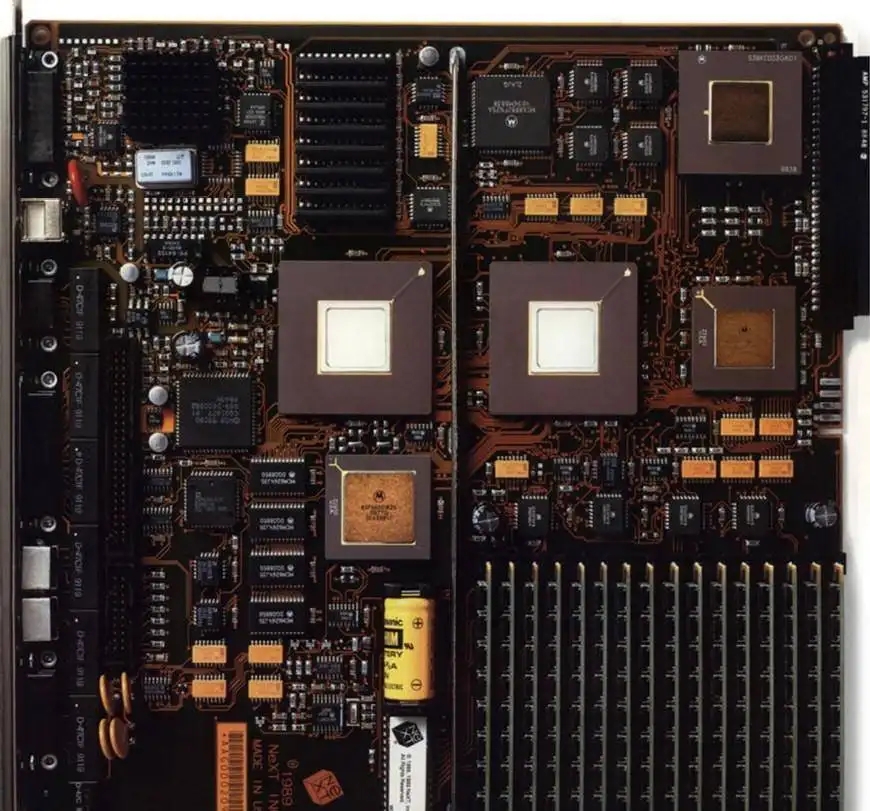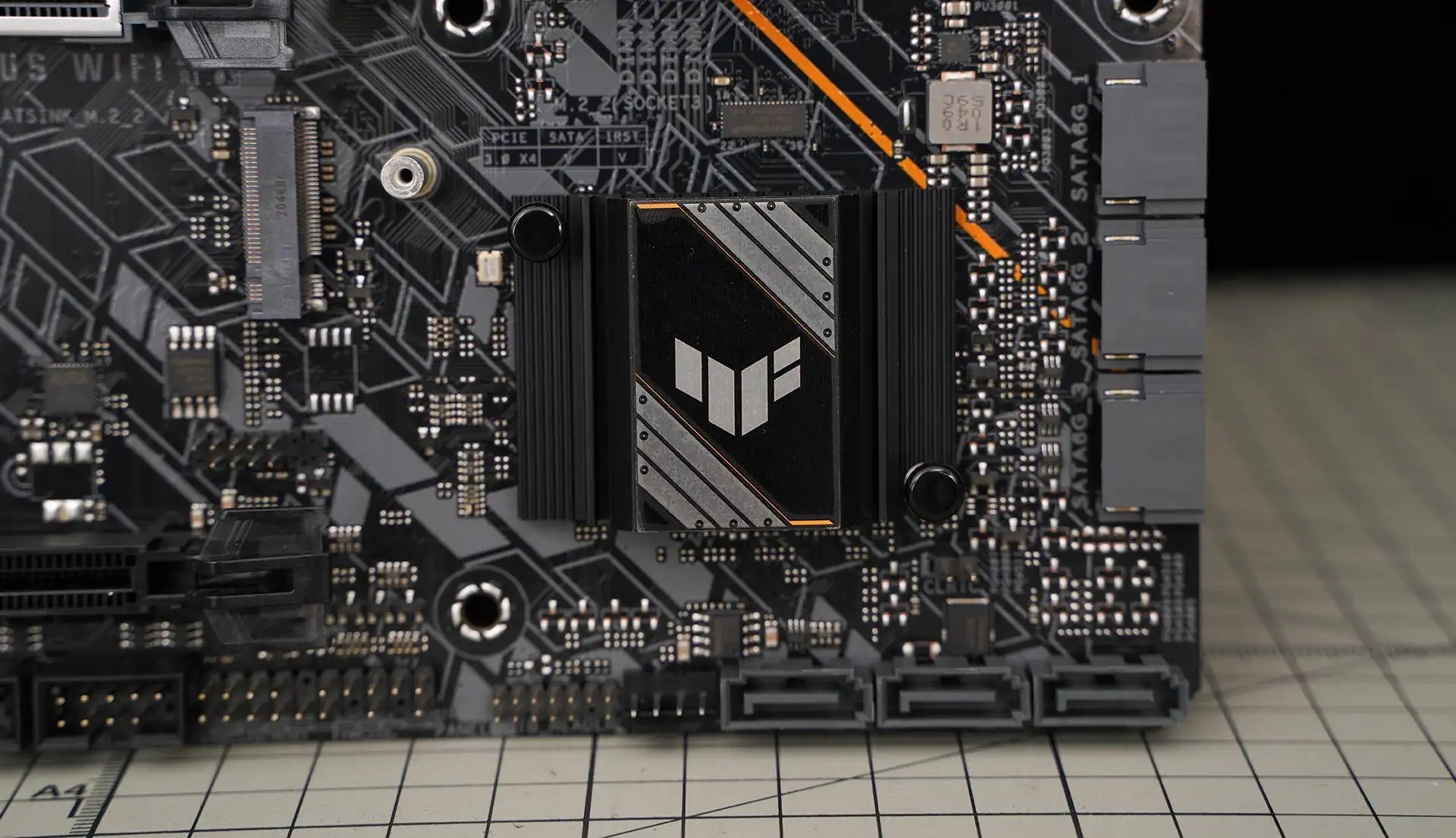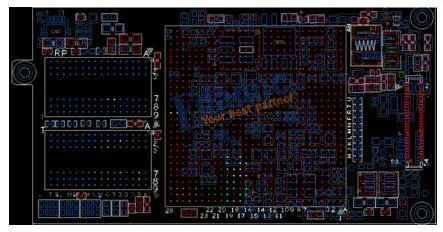
How to use a multimeter to repair a circuit board?
The circuit board manufacturer and circuit board designer explain how to use a multimeter to repair circuit boards
Multimeter, also known as multimeter, is an indispensable measuring instrument in the electronic manufacturing industry. Generally, the main purpose is to measure voltage, current and resistance. In PCB manufacturers, its existence is crucial. It can be said that it is a necessary tool for circuit board maintainers.
1. Offline detection
Measure the positive and negative resistance between each pin of the IC chip and the ground, and compare it with a good IC chip to find the fault point.
2. Online detection
1) The DC resistance detection method is the same as offline detection. Note:
(a) Disconnect the power supply on the circuit board to be tested;
(b) The internal voltage of the multimeter shall not be greater than 6V;
(c) When measuring, pay attention to the peripheral influence, such as the potentiometer connected to the IC chip
2) Measurement of DC working voltage
The measured DC voltage at each pin of the IC chip can be compared with the normal value. However, note:
(a) The universal meter shall have enough internal resistance, and the digital meter is the first choice;
(b) Turn all potentiometers to the middle position;
(c) Anti slip measures shall be taken for the pen or probe. The bicycle valve core can be used to cover the pen head, and the pen tip shall be about 5mm long;

(d) When the measured value is inconsistent with the normal value, analyze whether the normal value of the IC chip is affected and the corresponding changes of other pin voltages according to the pin voltage;
(e) IC chip pin voltage will be affected by peripheral components. When there is leakage, short circuit, open circuit or deterioration in the peripheral;
(f) If some pins of the IC chip are abnormal, start with large deviation. Check the peripheral components first. If there is no fault, the IC chip is damaged;
(g) For the circuit board with dynamic signal during operation, the pin voltage of IC chip with or without signal is different. However, if the change is abnormal, the IC chip may be damaged;
(h) For equipment with multiple working modes, the voltage of IC pin is different in different working modes
3) AC working voltage test method
Measure the approximate AC voltage of the IC with a multimeter with dB range. If there is no dB range, connect a 0.1-0.5 positive probe in series μ F Isolated DC capacitor. This method is applicable to IC with low operating frequency. However, it should be noted that these signals will be different due to different natural frequencies and waveforms. Therefore, the measured data are approximate values for reference only
4) Total current measurement
Determine whether the IC is good or bad by measuring the total current of the IC power supply Because most of the IC is DC coupled, IC damage (such as PN junction breakdown or open circuit) will cause subsequent saturation and cut-off, which will change the total current. Therefore, measuring the total current can judge whether the IC is good or bad. The current value can be calculated by measuring the voltage on the loop resistance online. Each of the above detection methods has advantages and disadvantages. In practical applications, these methods will be combined to apply. With good application, various circuit boards can be repaired.







